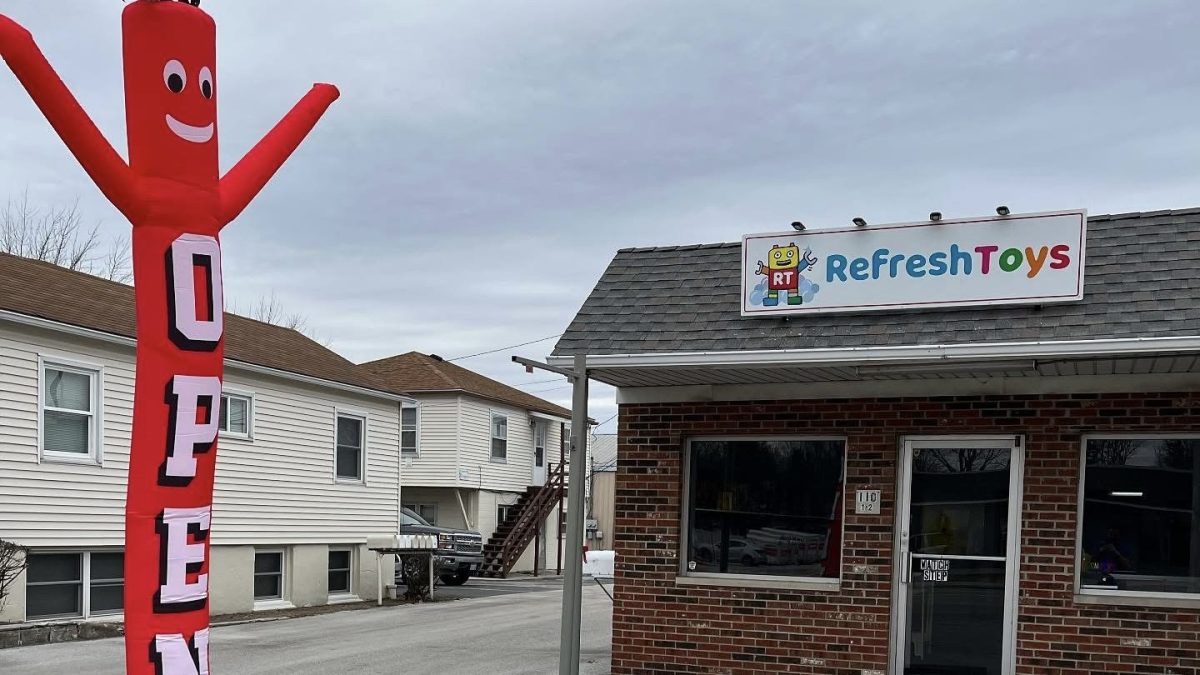To Nathan Dreimiller, his iPhone’s eye is more than just an eight megapixel camera; it’s a way for him to snap and share shots of anything worth seeing.
Dreimiller, a senior majoring in Visual Communications technology at the University, has been using the photo sharing app Instagram for the past few months. The smartphone application allows its users to add filters to photos and browse photos submitted by friends they follow.
“It just makes my iPhone even more appealing,” Dreimiller said. “I like carrying it around rather than carrying a point and shoot because you can instantly upload everything straight to Facebook.”
Although Dreimiller enjoys sending his instagrams directly to Facebook, he’s worried Facebook’s recent buyout of Instagram could bring some undesirable visuals to Instagram’s photo stream.
“I’m kind of worried it might go toward the way of Facebook,” Dreimiller said. “We might start seeing a lot of ads, and I don’t think anyone wants that to happen.”
Facebook purchased Instagram for $1 billion earlier this week, according to a press release from Facebook.
Facebook fan Mick Doherty, commented that Instagram was “ridiculously overpriced,” but to “trust [Mark] Zuckerberg to have something in mind that will make it worth it.”
The buyout, as well as a new android compatible version of the app, pushed Instagram to the number one slot in the Apple App Store and to the number eight spot for Android Apps in the Google Play store. Apple also named Instagram the best app of 2011, according to the Apple App Store.
Like Dreimiller, Brandon Heiss, a photography instructor at the University, agrees Instagram users may see some changes with the Facebook buyout. Heiss has been using Instagram since about Nov. 2011.
“It’s hard to tell what will happen, but Facebook just inherited probably about a million users,” Heiss said.
While Dreimiller is a fan of Instagram’s compatibility with other social networks, both Dreimiller and Heiss enjoy the simplicity of Instagram as a photo sharing app.
Instagram offers users a variety of filters, geolocation features and a number of other “simple” features.
“I’ve downloaded a few other similar apps, but I keep coming back to Instagram,” Heiss said. “Its simplicity is genius, and that’s why it’s been so successful. It’s a great way of sharing.”
Dreimiller and Heiss have tried out other photography apps including Hipstamatic, an app offering a sharing service similar to Instagram.
Heiss also recently downloaded an app called Cinemagram which allows users to stop control animation in video clips while also adding other effects.
While Instagram and its imitators may only be smartphone apps, both Dreimiller and Heiss think it has opened creative photography to everyday iPhone and Android users. Despite the Facebook buyout, Dreimiller and Heiss plan to continue “instagraming” for now.
“It’s culture-changing,” Dreimiller said. “It’s a free app that’s valued at a billion dollars; that just goes to show what you could do with it.”







